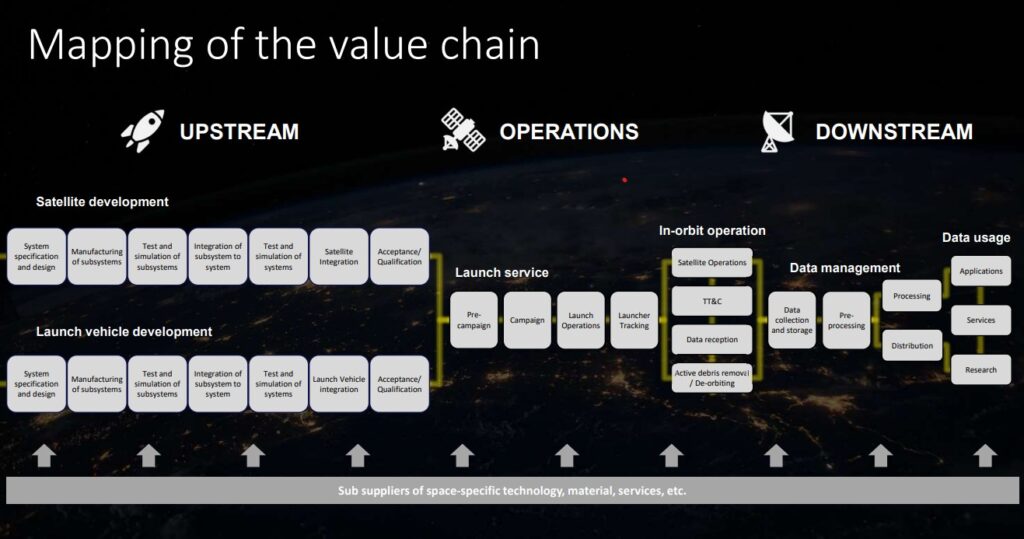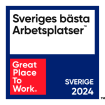The business case for space in north Sweden
In 2021, approximately $400 billion was invested in the space industry globally. This figure is expected to rise to over $1000 billion by 2040. The importance of space services and technologies are increasingly important due to e.g. the necessity to monitor the fulfilment of global agreements or to get early warnings of natural disasters. This presents unique business opportunities for Sweden, but what will it take to establish the satellite industry as the next big export sector?
LTU Business together with SSC Spaceport Sweden and Luleå University of Technology have mapped this out in the Space Capacity Building pre-study published in late 2022. The methodology was to start from a satellite’s value chain, mapping the needs that arise along the way and what the actors in the region’s space hub currently cater for.
– The pre-study is a good knowledge base for both actors and decision-makers on how the space industry in Norrbotten can be developed. For decision-makers, it points out what conditions we space actors need to be able to grow. For us actors, it has identified common development areas where we can strengthen each other, says Åsa Johansson, Innovation Lead SSC.
The result was a number of identified gaps and recommendations for priority actions to strengthen the value chain. We asked Johanna Vesterberg, LTU Business management consultant, about the insights from the project.

What business opportunities exist today that did not exist a few years ago?
– There is a shift in the space industry with more and more commercial players entering the market, while there are greater political interests around space and technological developments have created new business opportunities. We are seeing increased demand for both satellite data access and connectivity, where Earth observation and internet access can help us as a global society with environmental, logistical and humanitarian challenges.
What is the market demand?
– Space data services and applications are expected to grow strongly. This in turn is driving the need for more satellites, rocket launchers and ancillary services. SSC’s investment in Spaceport Esrange is one such example where an internationally important infrastructure creates commercial opportunities along the entire value chain for satellite manufacturers, rocket makers, test infrastructure, suppliers and service providers, to name a few.
What conclusions could be drawn from the feasibility study?
The space sector currently consists of relatively few players, so it is necessary for a space player to be active in the global market. For this reason, both access to capital and collaboration at regional, national and international level are required for Swedish actors to be competitive. The market is changing rapidlyright now, which means that action is needed in the near future.
The report is currently being translated to English and will be published early 2023.
Find a summary in English here.
The feasibility study was carried out in collaboration with SSC Space Corporation and Luleå University of Technology, with funding from Region Norrbotten, The Swedish Agency for Economic and Regional Growth, and EU.

![]()


